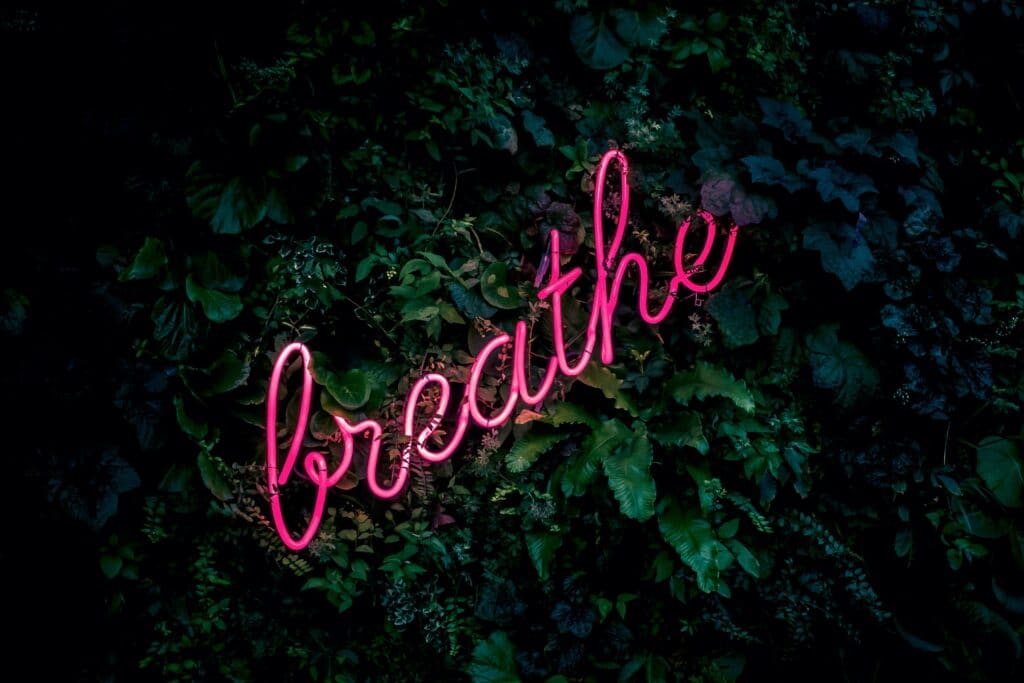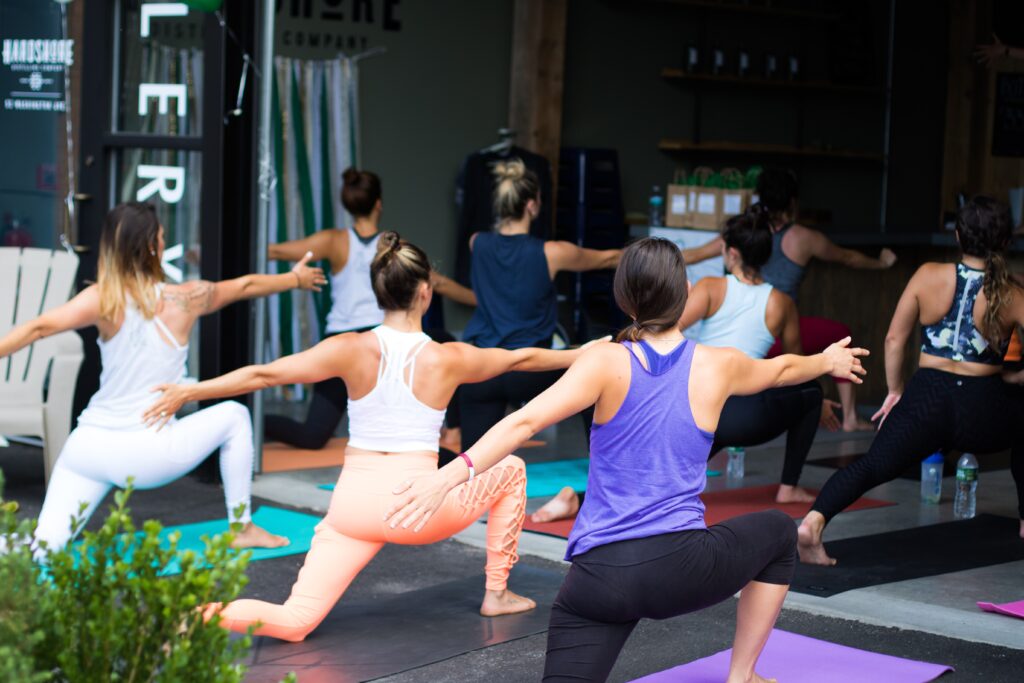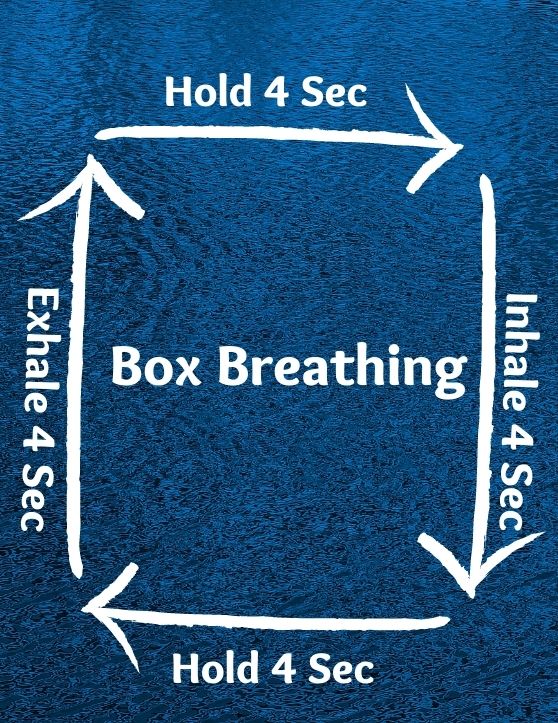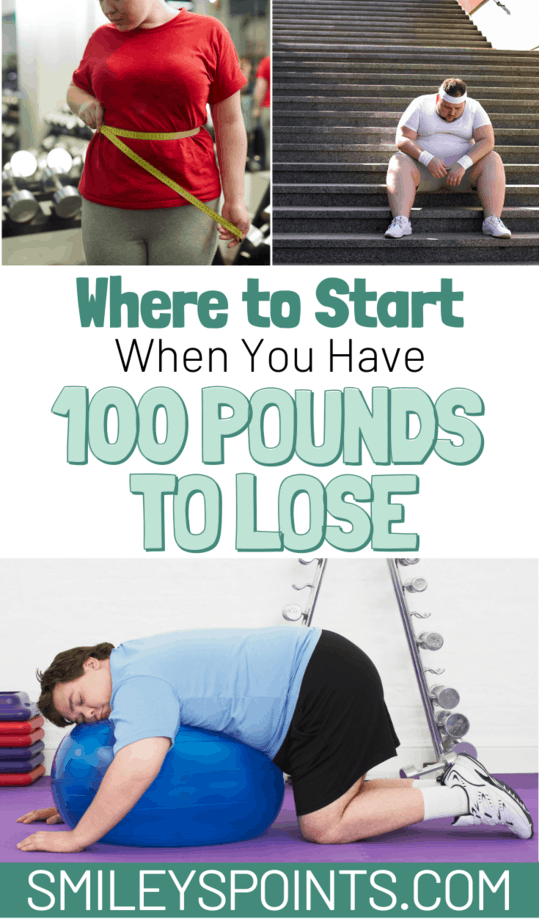Stressed About COVID: Use Box Breathing To Empower Your Lungs
During the coronavirus pandemic, fear, worry and anxiety have been debilitating mental and physical health. Amid this growing crisis, doctors have started recommending breathing exercises for patients and physicians alike. One such deep breathing technique is box breathing.

Deep breathing exercises have been known to be an effective method in reducing stress and anxiety. Box breathing technique is specifically recommended for people to manage anxiety issues during these distressing times.
Practicing paced breathing in a rhythmic pattern can help minimize stress.

Table of Contents
- Box Breathing Technique
- How to Practice Box Breathing?
- Benefits of Box Breathing
- Tips for Box Breathing
- Tips for Better Breathing
Box Breathing Technique
Box breathing or square breathing is a simple technique to help slow down your breathing through inhalation and exhalation. This technique has four parts – inhale, hold, exhale, hold. You count to four in each part. Practicing this method calms your nervous system and reduces stress.
Box breathing is a powerful relaxation tool and suitable for all, especially those who wish to meditate or reduce stress. Anyone can do this breathing method anywhere at any time.
How to Practice Box Breathing?

Before starting, you must sit comfortably either on a chair or on the floor. Choose a quiet, stress-free environment so that you can focus on your breathing. Sit up straight, relax your body and focus on your posture.
- Close your eyes and breathe slowly. Slowly exhale through your mouth, expelling all the oxygen from your lungs.
- Start inhaling slowly and deeply through your nose for 4 seconds or a count of four. When you reach four, the air should fill your lungs.
- Hold your breath for another 4 seconds.
- Exhale through the mouth for 4 seconds, releasing all the air from your lungs and stomach.
- Hold your breath again in an empty state for 4 seconds.
- Repeat the process for at least five minutes.
Initially, you can start with three or four counts and then increase to 5 or 6 counts. Practicing for longer (10 to 20 minutes) along with meditation may have lasting benefits on your overall health.
Benefits of Box Breathing

Box breathing can be of use in various situations:
- It helps decrease the production of hormones associated with stress (cortisol) and increase attention levels.
- Counting helps to focus and enables us to handle and control response. It can be an excellent treatment for conditions such as panic disorder, generalized anxiety disorder (GAD), post-traumatic stress disorder (PTSD), and depression.
- Help treat sleep disorders by calming down the nervous system.
- Helps control hyperventilation
- It helps to refocus on a busy or stressful day.
- Eases overwhelming feelings of fear, anxiety, and worry.
- Keep you calm throughout the day.
- It helps in making big decisions.
You can incorporate box breathing into your daily routine. This technique will help calm your mind and body, allow you to reset and stay fresh.
Tips for Box Breathing

You can make box breathing easier by following a few steps:
- Find a quiet space where there are very few distractions so that you can focus on your breathing.
- Initially, you may find it difficult to focus on breathing because your mind might be overloaded with other thoughts. It happens to everyone. You can start a count of 2 or 3 initially and try to focus on breathing. You may wander off, but try to bring back the focus on your breathing. After practicing for a few days, you may increase the count.
- Keep your body relaxed and comfortable to focus on your breathing.
The real benefits of box breathing come from practice. Focus on your breath. If you lose focus, let the new thoughts go and focus back on your breath.
Tips for Better Breathing
Breathing exercises can help to reduce breathlessness, improve lung capacity, and reduce negative effects on mental health. Following a few simple measures routinely can help improve your breathing and overall health.
1. Maintain Proper Sleeping Posture

The way you sleep may also impact your breathing. Sleeping on your side with your head raised by pillows and a pillow between your legs may help align your spine. This posture may help open your airways and prevent snoring.
You may also sleep on your back with your knees bent and a pillow under your head. This method is generally not recommended for people suffering from sleep apnea or snoring since sleeping on the back may make the tongue obstruct the windpipe.
2. Changing Your Lifestyle
Changing to an active lifestyle may help maintain healthy lungs. Eat nutritious foods, including foods high in antioxidants, and maintain a healthy weight.
Avoid smoking, inhalation of secondhand smoke, and environmental irritants. Use air filters to enhance indoor air quality and reduce irritants such as dust, mold, perfumes, etc.
3. Meditation
Meditating on a regular basis may help improve your breathing. It also helps decrease stress and anxiety, increase focus and mindfulness.
4. Practice Good Posture

Practicing good posture will help expand your chest and thoracic region of your spine fully. The front side of the body may have an increased range of motion due to a fully expanded ribcage and diaphragm.
Practicing good posture may allow you to breathe effectively and efficiently, making it easier for you to perform your routine and physical activities.
5. Singing
Undoubtedly, singing helps in gaining breath control and improves lung function. Singing often can reduce shortness of breath in people with chronic obstructive pulmonary disease (COPD) and better control their symptoms.
Through singing, people learn to breathe more slowly and deeply. It also helps strengthen their breathing muscles. Singing improves breathing ability, posture and enhances the strength of the voice and diaphragm.
6. Stretching and Flexing

Stretches can loosen any tightness in your back, shoulders, and chest. Stretches, resistance, and flexion exercises improve your posture. Performing these exercises routinely may help expand your ribcage in all directions while breathing.
Engage in physical activities such as swimming, rowing, walking, running, or any other that increases heart rate and breathing rate.
Takeaway
Adding deep breathing techniques to your routines may improve your lung function. It also gives you a feeling of relaxation and consciousness and helps you with effective breathing.
Box breathing technique helps with stress management, focus and promotes positive emotions and state of mind. Perform this method for 5 to 10 minutes, three or four times per day, and slowly increase the duration of the time.
Incorporating box breathing techniques in people with conditions related to lung function may experience an overall improvement in their breathing and daily activities. Effective breathing can improve your mindfulness, help you sleep better, digest food more effectively, enhance immune response, and reduce stress.








